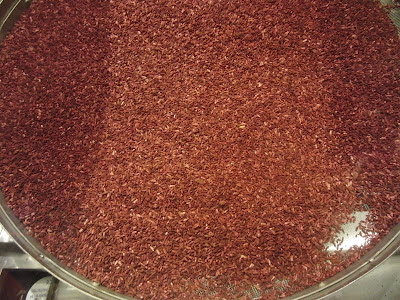How to make the
simplest magnetometer ?
There are many types of magnetometers such
as Hall’s effect, fluxgate …etc.
But there is a disadvantage of that types
of magnetometers, they are always EXPENSIVE!
So we designed a simplest circuit to
measure the magnitude of magnetic flux, and it only cost $2 (USD)
Before we start to make the apparatus, we
have to know how it works.
We use the original definition of Faraday’s
law:
By this integral formula, we can figure out
the flux of a magnet.
But because of our coil is very small, and
the dt would be long, so the magnitude of eddy voltage would be very small.
So that we need to use an OP(operational
amplifier) circuit for two proposes:
1.
To amplifier the signal
2.
To integrate the voltage with
time
We used the integral circuit to amplify
100times and integrate the signals.
The OP integral circuit is driven by this
formula:
Next, we designed an 85-turns coil(diameter=
14mm; length= 23.8mm;dia. of wire 0.23mm) as a sensor to produce eddy voltage
to drive the apparatus.
Why we choose this size of coil? Because we
are going to use a voltage meter to measure the output signal, and we want to
show the voltage just as same as the value of ”Tesla”.
Following is our calculation of the coil
through the OP circuit and then produce voltage as same as the value of tesla.
We can know
It is the complete circuit that we used.
It is the simplest magnetometer
Use an oscilloscope to track the interaction of output voltage and a magnet.
Use a voltage meter to measure the magnitude of magnetic field of a magnet
V = Tesla
It is the magnetometer working.
Please subscribe, common, share.




















